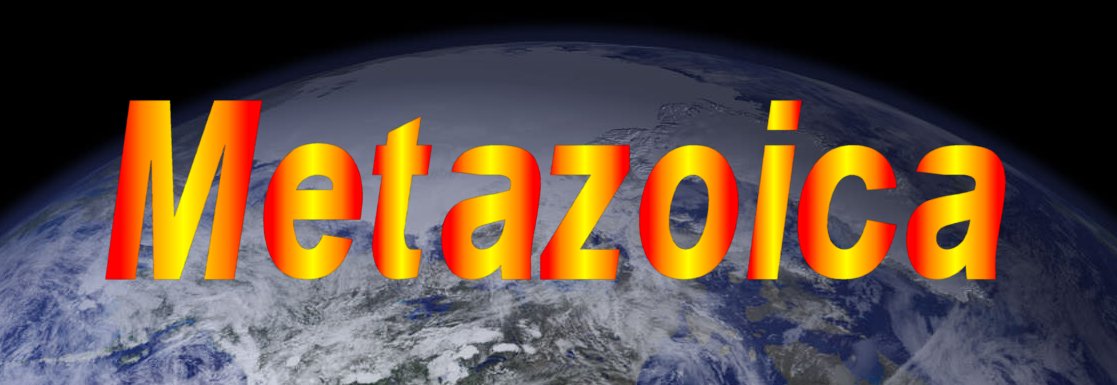https://www.newscientist.com/article/2171676-wild-animals-are-turning-nocturnal-to-keep-away-from-humans/
14 June 2018
Wild animals are turning nocturnal to keep away from humans
By Michael Le Page
Once great monsters ruled the planet, and mammals cowered in the shadows and came out only at night. Now monsters once again rule the planet, and mammals are reverting to the nocturnal habits of their distant ancestors.
“All mammals were active entirely at night, because dinosaurs were the ubiquitous terrifying force on the planet,” says Kaitlyn Gaynor of the University of California, Berkeley. “Now humans are the ubiquitous terrifying force on the planet, and we’re forcing all of the other mammals back into the night-time.”
Gaynor and her colleagues study the impact people have on wildlife. They noticed a striking pattern: animals were becoming more active at night to avoid human disturbances. When they looked in the scientific literature, they found many other groups had seen the same pattern.
Her team has now done a meta-analysis of 76 studies of 62 mammals all around the world. Almost all of them are shifting to the night to avoid us.
Into the night
Take the now-ironically-named sun bear, a vulnerable species living in south-east Asia. In areas with few people, only 19 per cent of sun bear activity occurs at night. But around a research camp in Sumatra, 90 per cent of activity is at night.
Similarly, in protected areas of Tanzania, only 17 per cent of lions’ activity is at night. Outside those areas, it’s 80 per cent.
On average, human disturbances have increased nocturnal activity in the 62 species by a factor of 1.36. In other words, animals with a 50/50 split between night and day activity in undisturbed areas typically have a 70/30 split in disturbed areas.
“There are fewer and fewer spaces wildlife can go to avoid people,” says Gaynor. “So they’re avoiding us in time because they can’t avoid us in space. This trend is going to continue as the human population grows.”
And it’s not just happening in places like cities where there are lots of people. It’s also happening near roads, rural settlements and even in places where people go hiking. What is not clear is what the consequences are.
Life in the dark
On the one hand, animals forced to do more at night might struggle compared with those in the few remaining undisturbed areas.
For instance, sable antelope in Africa usually avoid waterholes at night because predators like lions might be lying in wait. But in areas of Zimbabwe where “sports” hunters lurk by waterholes by day, they have switched to drinking at night – so overall more may be killed.
On the other hand, the shift is helping animals survive alongside people. For instance, in Chitwan in Nepal lots of tigers are managing to live in close proximity to people by being more active at night.
In this sense, the shift to the night might be a good thing. “It’s a way to share space on an increasingly crowded planet,” says Gaynor. “We take the day and they take the night.”
Adapted to darkness
Thanks to our nocturnal ancestors, many mammals still have plenty of the characteristics needed to be more active at night, says Gaynor. And they are very likely already evolving to be even better at it.
“I would expect that this is an incredibly strong selective force,” says Kate Jones of University College London, who has shown that mammals only became active during the day after the dinosaurs disappeared.
One weakness of the meta-analysis is that many of the individual studies only looked at a small number of animals, says Jones, but overall it is fairly convincing.
“It shows that we are a really big force on the planet now, like the dinosaurs were before us,” she says. “Which is really frightening.”
Jones points that artificial lights are also changing the very nature of the night. “We are lighting up the night.”
Journal reference: Science, DOI: 10.1126/science.aar7121

No comments:
Post a Comment